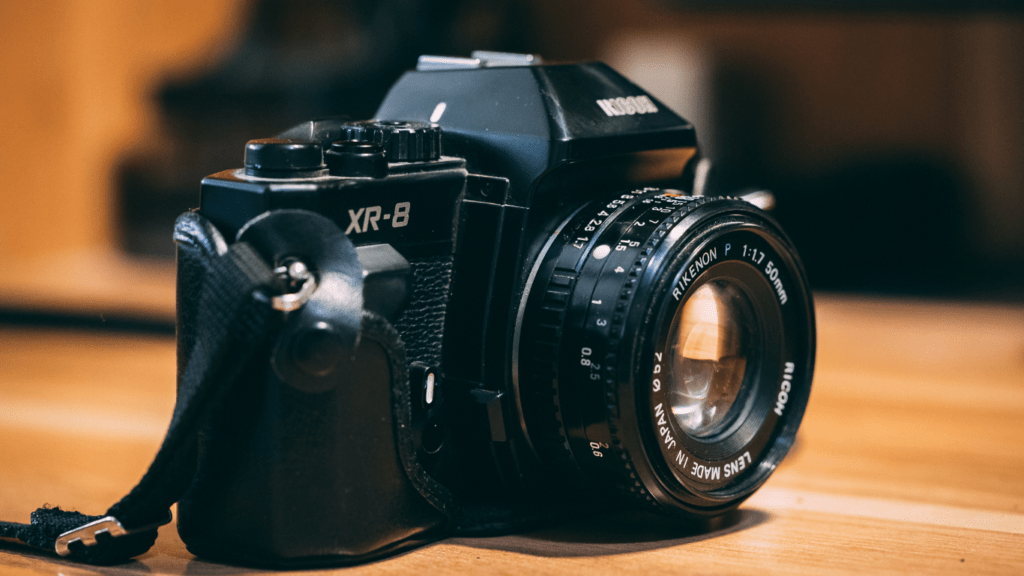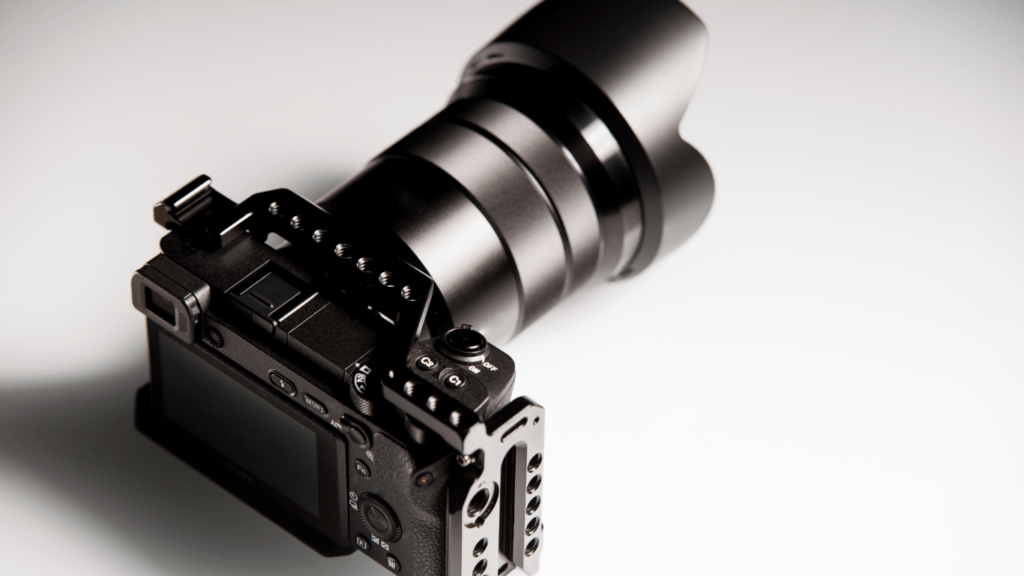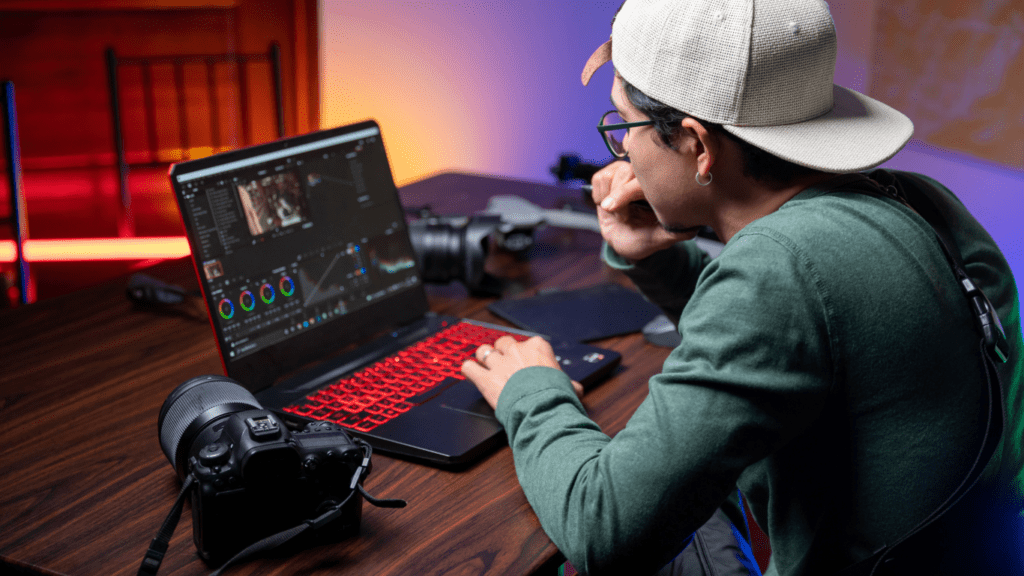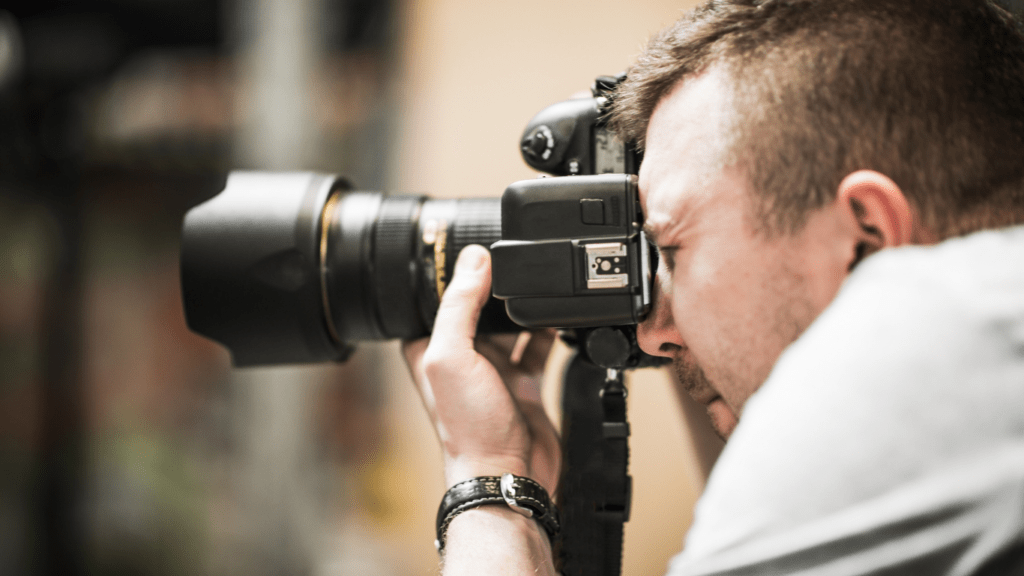Choosing the right camera can feel overwhelming, especially with the ongoing debate between DSLR and mirrorless options. Both have their strengths, and depending on your needs, one might suit you better than the other. As someone who’s spent countless hours exploring photography gear, I know how crucial this decision is for capturing the moments that matter.
DSLRs have long been the go-to choice for photographers, offering durability and a wide range of lenses. But mirrorless cameras are quickly gaining ground, boasting cutting-edge tech and compact designs. So, how do you decide which one deserves your investment this year? Let’s break it down and find the perfect fit for your style and goals.
Overview Of DSLR And Mirrorless Cameras
Both DSLR and mirrorless cameras provide unique features catering to various photography needs. Understanding their distinctions helps identify the option that aligns with specific goals.
What Is A DSLR Camera?
A DSLR (Digital Single-Lens Reflex) camera uses a mirror mechanism to reflect light into an optical viewfinder. This design enables real-time framing without delay. DSLRs offer interchangeable lenses, including:
- wide-angle
- telephoto
- macro options
They are known for long battery life and durability, making them reliable for extended shoots or diverse environmental conditions. Cameras like the Canon EOS 90D and Nikon D850 are prominent models in this category.
What Is A Mirrorless Camera?
A mirrorless camera lacks the traditional mirror mechanism found in DSLRs, utilizing an electronic viewfinder or LCD screen instead. This absence of a mirror reduces weight and size, making them highly portable. Mirrorless systems often feature advanced autofocus, faster burst rates, and capabilities like 4K video recording. Popular examples include the Sony Alpha a7 IV and Fujifilm X-T4. These cameras appeal to users seeking modern technology in a compact design.
Key Differences Between DSLR And Mirrorless

DSLR and mirrorless cameras differ in several critical areas, influencing their suitability for various types of photography. Understanding these distinctions helps in making an informed investment.
Size And Weight
DSLR cameras are larger and heavier due to their mirror mechanism and optical viewfinders. For example, the Nikon D850 weighs 915 grams without a lens. Mirrorless cameras, like the Sony Alpha a7 IV, are more compact and lightweight, with some models weighing as little as 665 grams, making them more portable for travel and on-the-go shooting.
Image Quality
Both camera types capture high-quality images, but there are slight variations. DSLRs often excel in low-light situations due to large optical viewfinders, such as those on the Canon EOS 5D Mark IV. Mirrorless cameras provide advanced image processing with electronic viewfinders, enabling real-time adjustments. Models like the Fujifilm X-T4 offer vibrant color reproduction and enhanced resolution.
Lens Options And Availability
DSLRs have a broader range of lens options, supported by decades of production. Brands like Canon and Nikon offer extensive lenses for various scenarios, from wide-angle to telephoto. Mirrorless cameras are catching up, with systems like Sony E-mount and Fujifilm X-mount offering high-quality lenses. However, DSLR lenses may require adapters to function effectively on mirrorless bodies.
Battery Life
Battery performance varies significantly. DSLRs typically last longer due to optical viewfinders, with some models, like the Nikon D7500, supporting up to 950 shots per charge. Mirrorless cameras consume more power because of electronic displays, with examples like the Panasonic Lumix GH6 offering around 380 shots per charge. Carrying extra batteries reduces this limitation in mirrorless systems.
Performance Comparison
Comparing DSLR and mirrorless cameras on performance highlights differences in autofocus, shooting speed, and video recording. Each type has unique advantages depending on usage.
Autofocus Capabilities
- Mirrorless cameras use advanced contrast-detection and phase-detection autofocus systems directly on their image sensors.
- This enables quicker, more accurate focus, especially in continuous shooting and video modes.
- Models like the Sony Alpha a7 IV showcase real-time face and eye tracking.
- DSLRs typically rely on phase detection through a dedicated autofocus module, which performs well in low-light scenes.
- High-end options, like the Nikon D850, deliver consistent results in still photography but may lag behind mirrorless counterparts for video-centric tasks.
Shooting Speed
Mirrorless cameras excel in shooting speed, offering up to 120 fps in electronic shutter modes. The absence of a mechanical mirror reduces delays, making them ideal for action and sports photography. For instance, the Canon EOS R6 provides 20 fps with burst shooting.
DSLRs are limited by mirror movement during shooting. Despite this, models such as the Canon EOS-1D X Mark III achieve 16 fps with mechanical shutters, offering competitive performance for high-speed scenarios.
Video Recording Features
Mirrorless systems cater to videographers with features like 4K, 6K, and even 8K resolution, alongside advanced stabilization. Example: the Panasonic Lumix S5 supports 4K at 60 fps, ideal for professional-grade videos.
DSLRs lag in video innovation. Many, such as the Canon EOS 90D, deliver solid 4K output but lack modern enhancements like phase-detection autofocus in video mode or compact build for handheld filming.
Cost Considerations
Camera investments often depend on balancing performance and budget. I compare entry-level and professional models to highlight cost differences between DSLRs and mirrorless options.
Entry-Level Models
Entry-level DSLRs, such as the Nikon D3500 and Canon EOS Rebel T7, are typically priced between $400 and $600, including basic kit lenses. These cameras provide solid image quality and essential manual controls suitable for beginners. On the other hand, mirrorless entry-level options like the Sony Alpha a6100 or Fujifilm X-T200 range from $700 to $900. While they cost more than DSLRs, they offer features such as faster autofocus, compact designs, and improved video capabilities, appealing to aspiring vloggers and photographers.
Professional-Level Models
Professional DSLRs like the Canon EOS-1D X Mark III and Nikon D6 start around $5,500 and reach up to $7,000 for the body alone. These models excel in durability, lens adaptability, and top-tier optical systems tailored for demanding environments. Conversely, high-end mirrorless cameras such as the Sony Alpha a1 and Canon EOS R5 vary from $3,900 to $6,500. Though similarly priced to DSLRs, mirrorless models often deliver higher-resolution sensors, advanced stabilization systems, and cutting-edge autofocus, catering to professionals prioritizing versatility and innovative features.




